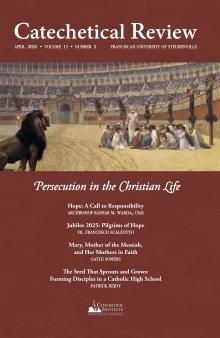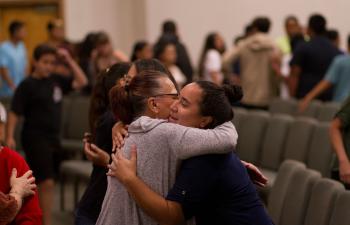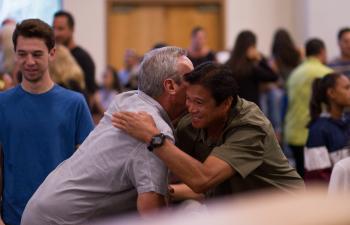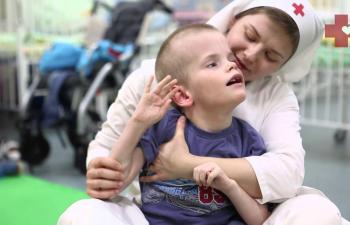 Anyone paying attention to recent trends within catechetical programming is sure to have noticed that video-based resources are becoming more and more prevalent. This is true for both adult and youth catechesis. Video resources are now nearly as ubiquitous as textbooks. In many cases, textbooks even function as a supplement to videos, which constitute the greater part of the lesson. Now, more than ever, it is necessary to make a clear-eyed assessment of video presentations as a catechetical methodology.
Anyone paying attention to recent trends within catechetical programming is sure to have noticed that video-based resources are becoming more and more prevalent. This is true for both adult and youth catechesis. Video resources are now nearly as ubiquitous as textbooks. In many cases, textbooks even function as a supplement to videos, which constitute the greater part of the lesson. Now, more than ever, it is necessary to make a clear-eyed assessment of video presentations as a catechetical methodology.
Videos certainly have a number of advantages. The use of new media in catechesis runs lockstep with Pope John Paul II’s call for a new evangelization. Through digital media, students are able to learn from some of the greatest catechists and evangelists this new century has produced. Video-based programs are often more affordable than traditional textbook series—a major relief to a cash-strapped parish program. Furthermore, with the advent of streaming, catechesis is no longer confined to the traditional classroom. Students can now access catechetical materials from home and alongside their families. Finally, many of these programs are both thoroughly orthodox and incredibly well-produced. It is now possible to have a program that is on the “cutting edge” methodologically without being enslaved to passing fancies of theological speculation.
On the other hand, videos also have their drawbacks. Linda Stone, a former consultant for tech giants Apple and Microsoft, coined the phrase “continuous partial attention” to describe how many of us go about our day-to-day lives.[1] Our attention is constantly divided between many different, simultaneous objects: we watch the news while checking our email, making breakfast, and talking on the phone. Without a doubt, video media, especially with the rise of short-form content, has exacerbated this condition. Catechists should carefully consider whether it is wise to adopt a form of content that is nearly synonymous with distraction. Additionally, there is a temptation to let the personalities on screen replace the personality of the catechist. A catechist cannot be reduced to someone merely pressing play on a video; they must be an active agent and a witness to their students.
The rest of this online article is available for current Guild members.
[1] Linda Stone, “Beyond Simple Multitasking: Continuous Partial Attention,” November 30, 2009, https://lindastone.net/2009/11/30/beyond-simple-multi-tasking-continuous-partial-attention/.
[2] John Paul II, Catechesi Tradendae, no. 51.
[3] Joseph White, “Five Ways Psychology Can Inform Catechesis,” The Catechetical Review 3, no. 3 (July 2017).
[4] United States Conference of Catholic Bishops, National Directory for Catechesis (USCCB, 2005), par. 28.A.2.
Art Credit: Adobe Stock.
This article is from The Catechetical Review (Online Edition ISSN 2379-6324) and may be copied for catechetical purposes only. It may not be reprinted in another published work without the permission of The Catechetical Review by contacting [email protected]


















